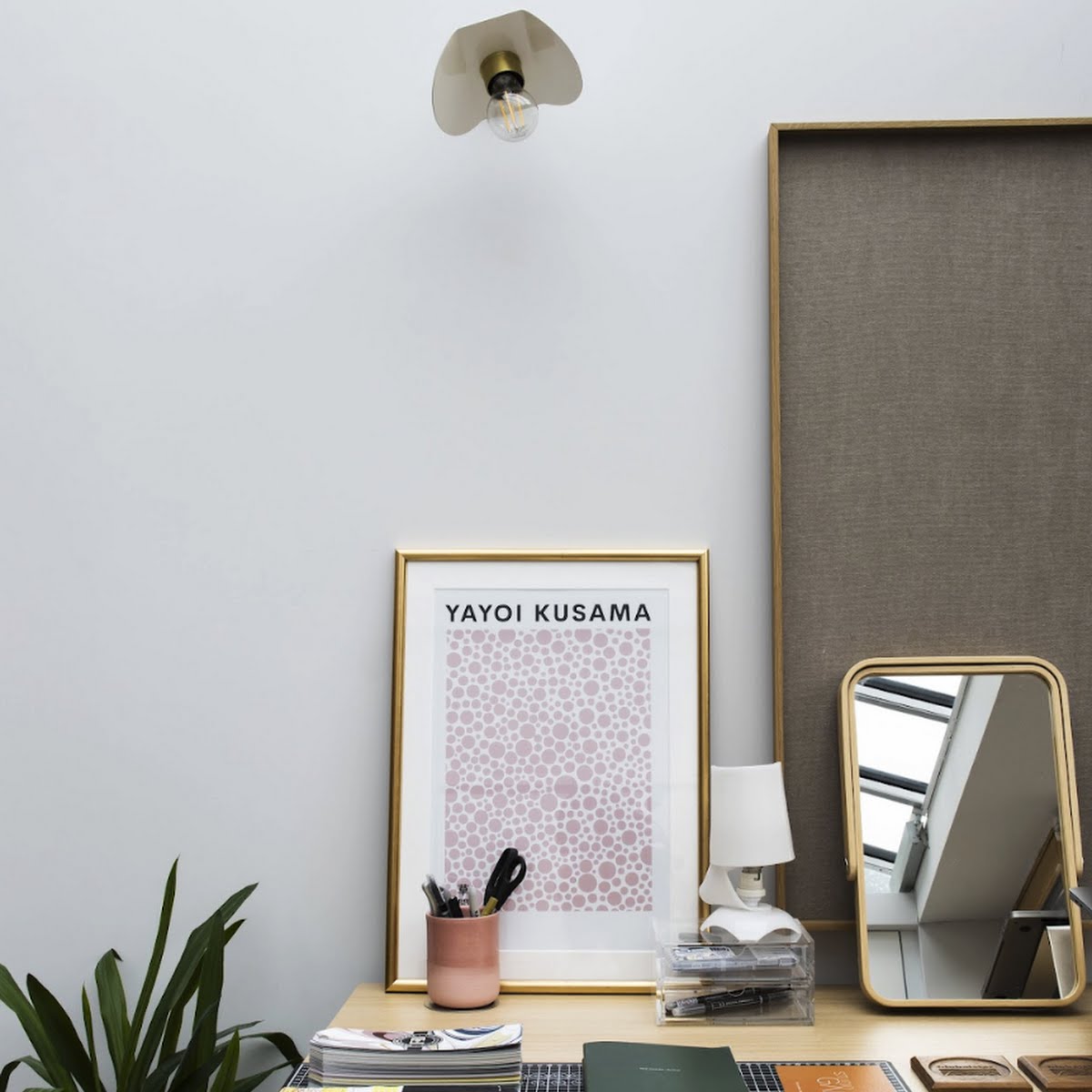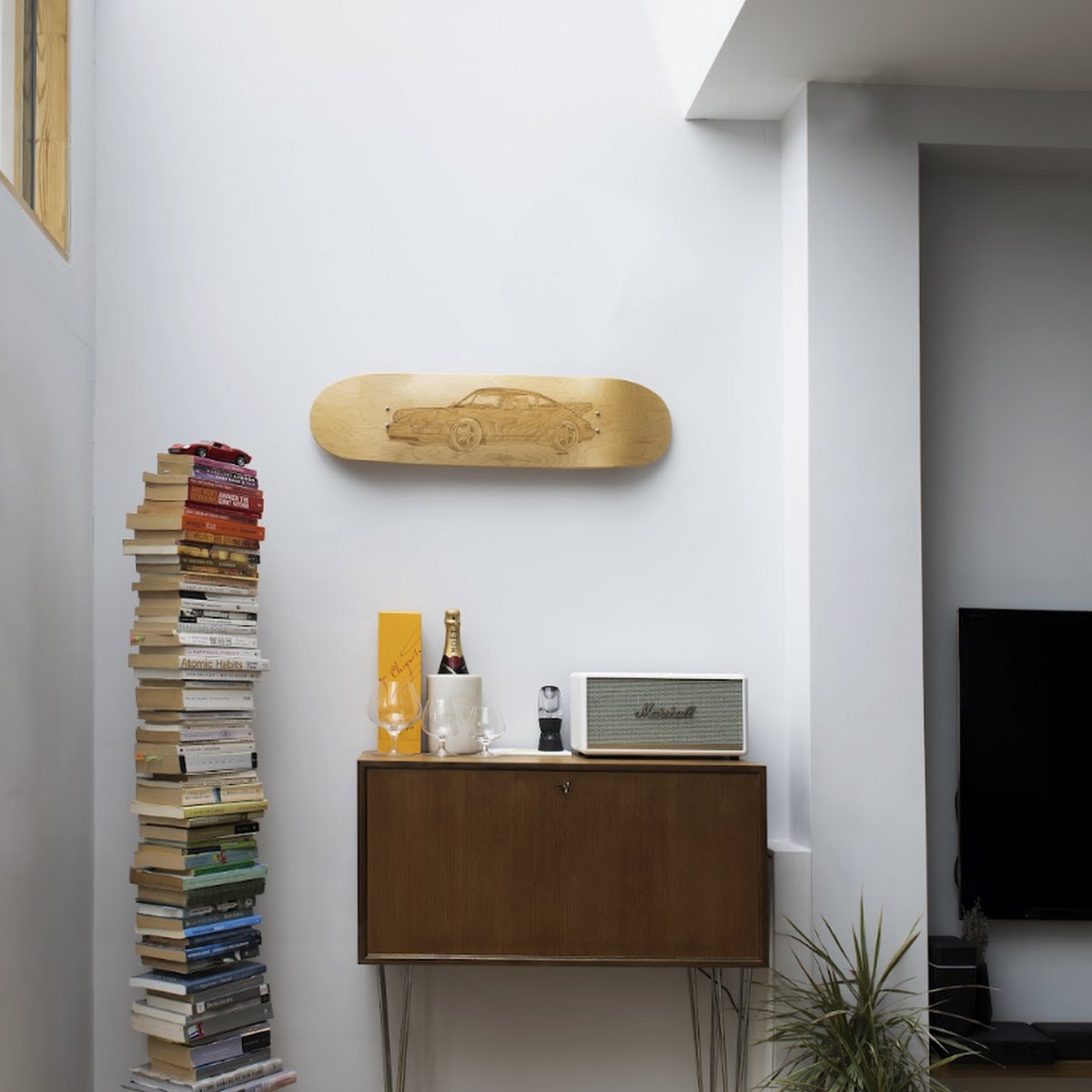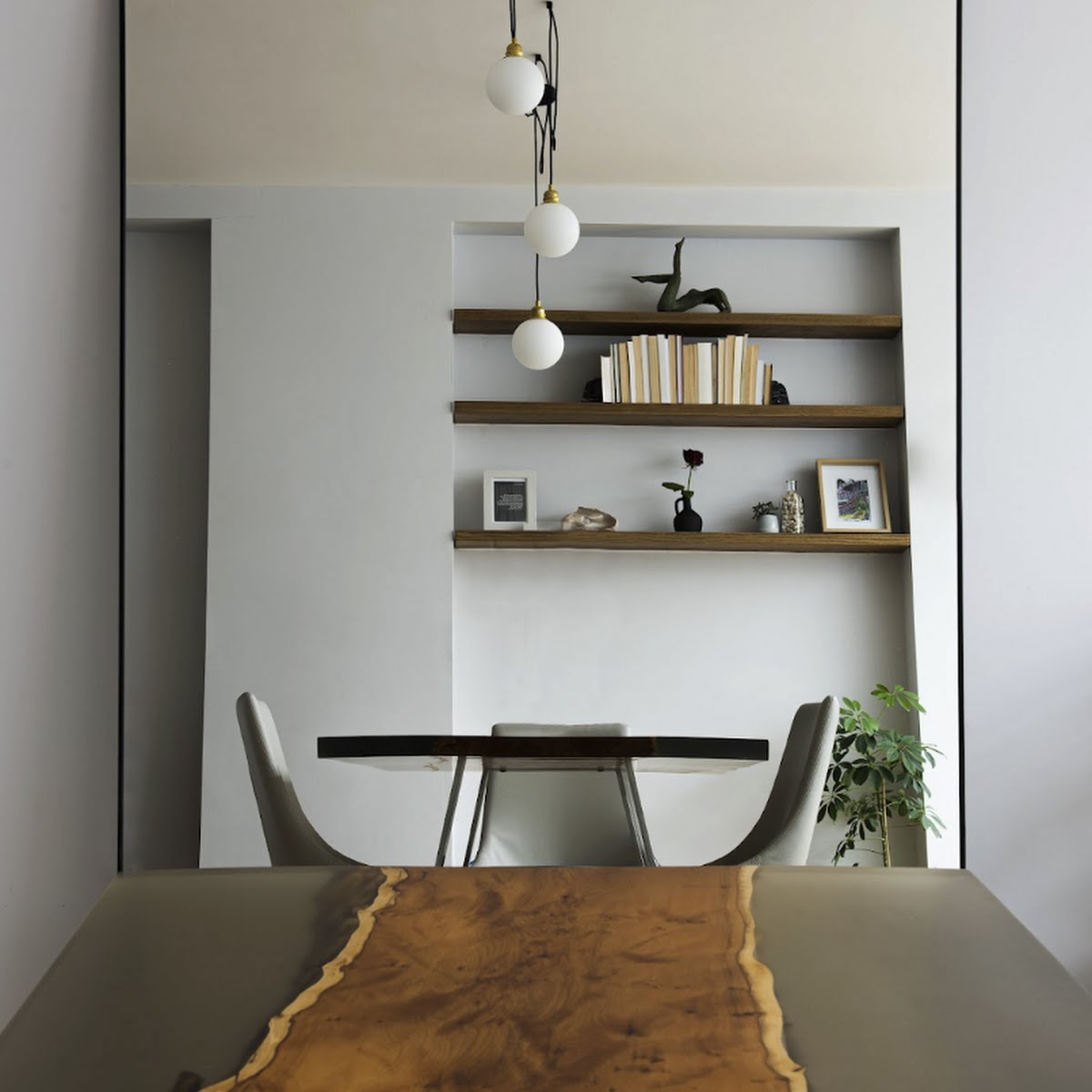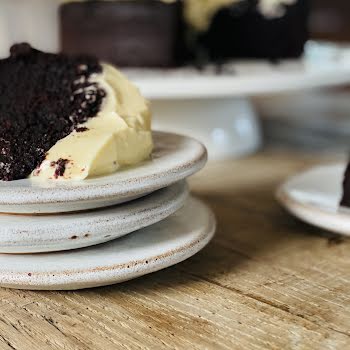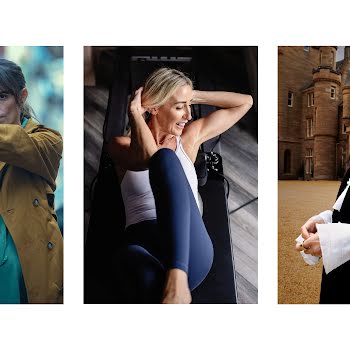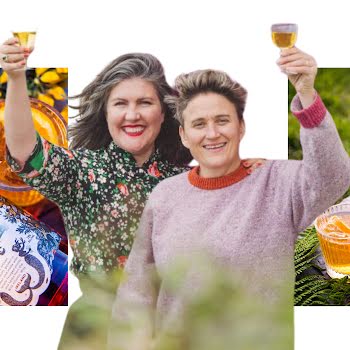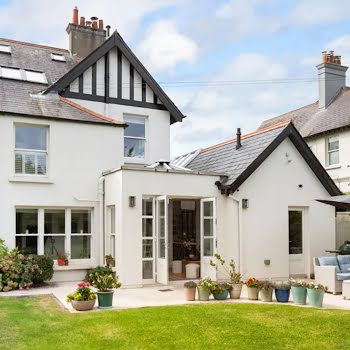
Developing a unique interior style and avoiding trends: an interior designer’s guide
After finding a place to call home, our interiors should stand the test of time. Designer and host of The Interiors Podcast Tanya Neufeld Flanagan talks about how to avoid falling prey to trends by crafting a unique interiors style.
Choosing how to decorate your home is a process of expensive decision-making.
An interiors budget adds up quickly and it is common to be overwhelmed when it comes to designing key rooms like the kitchen or entrance. This often leaves us stuck between a “safe but boring” option and a bolder “but is it too trendy?” option.

The solution is to develop an interiors aesthetic based on your own style, your property’s architecture, all the while ensuring it takes into account your lifestyle. After all, functionality is key.
These three elements will help you make decisions, confident that you are spending your money on pieces that work and that you will love in one, five and ten years.
Redefining your style
It is only natural with a home project to dive into the deep end of Pinterest and start saving everything you love the look of.
While social media can provide a helpful jumping off point, it can lead to recreating somebody else’s look, which may not actually suit your property, your lifestyle or the scope of your project.
In my experience, people struggle to define their style when it doesn’t fit neatly into one category. By creating a bespoke style, your decisions no longer have to be guided by oversimplified terms like “modern” or “traditional” which can be limiting and lead to copying tropes from magazines and Instagram.
Instead, by following this three-step approach, you will create a far more original and practical approach with some key criteria to guide every purchase and difficult decision.
Step one: Tapping into your existing aesthetic

Everyone has an inherent sense of personal style. When decorating your home, start by identifying your own aesthetic so you aren’t too influenced by current interior trends.
This process is best done by cataloguing all the artistic and design preferences you have except interiors.
Consider a favourite film, clothing brand, car, musician, or artist and start putting together visual elements. Start by saving a few images from these different categories on Pinterest or by cutting things out of magazines if you are the analog type.
As a result of this process, you will often find a colour palette and a style language shining through. For example, if you love the look of a 1960s Jaguar E-type like I do, this could be translated into a sleek interiors style with a flair for glamour and a touch of vintage – a leather button-back sofa, moody paint colours, and midcentury pieces.
This same exercise could be repeated based on a handbag or pair of shoes you love, or a piece of art you admire. If you share your home with others, have them repeat the exercise or else bring in design elements they love.
Step two: Understanding your property
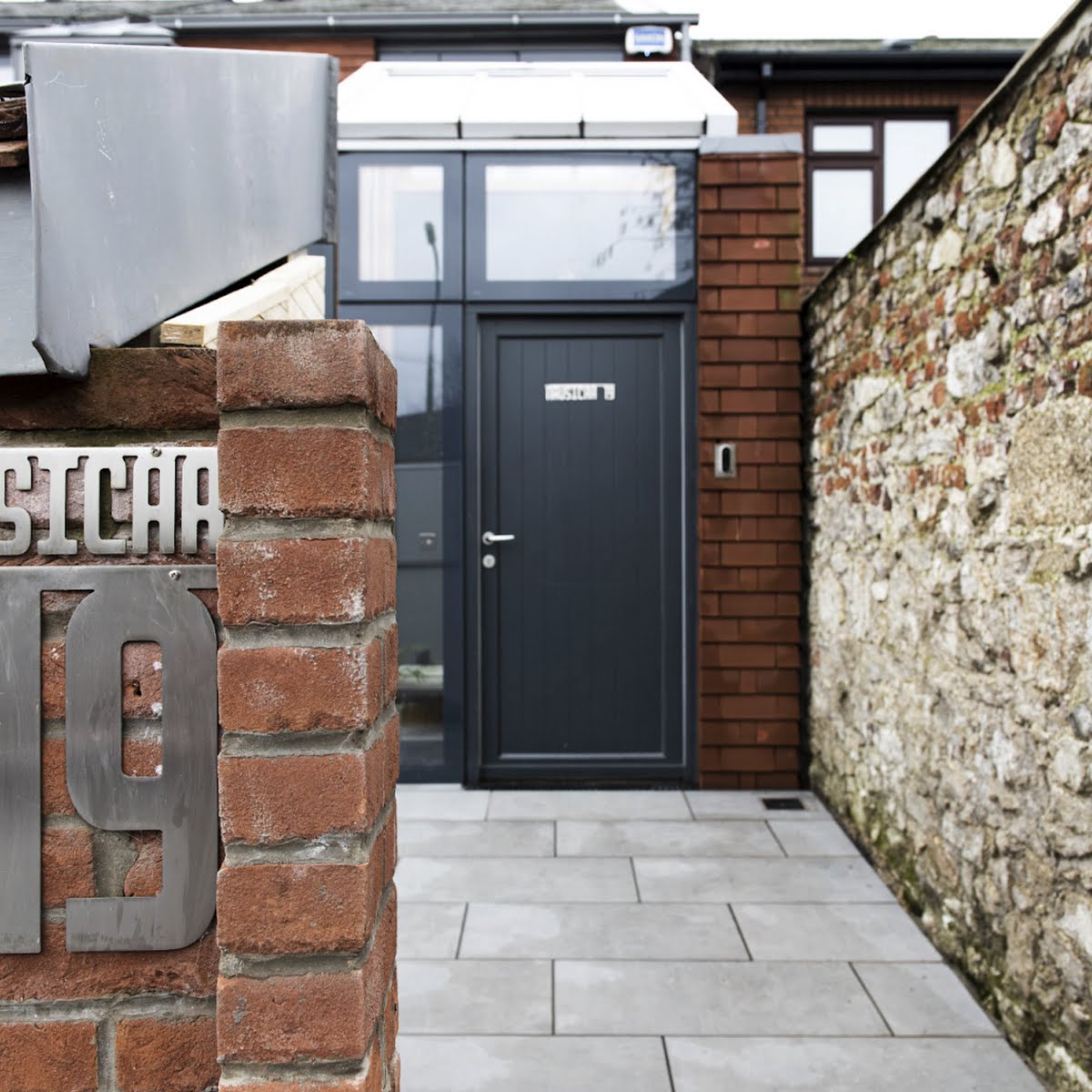

Once you have pieced together your visual aesthetic, it’s time to see how this can be applied to your specific property. Irish homes tend to fall into a handful of categories, which can make it easier to understand your property yet harder to think outside the box.
From an Irish vernacular cottage awash with lime plaster and exposed stone, a symmetrical Georgian, a red-brick Victorian terrace, a mid-century bungalow, the classic suburban semi-D, down to the new build apartment or townhouse, these properties were built with a design language worth understanding.
Even if the architecture of your home doesn’t inspire you, it is key context when it comes to designing the more expensive, structural elements such as the kitchen and other fitted furniture. The kitchen is where architecture and interiors intersect so it often dictates the overall concept for the home.
By understanding your property you can already decide on certain finishes and details. Does a traditional wood-burning stove make sense in a midcentury style home? Is it tacky to install cornicing where there wasn’t originally? Can antiques work in a new build?
Most importantly for many people buying older properties and extending – how should I treat the original house versus the extension?
To develop a nuanced style, research the period your property was built in, its socio-cultural context, the original purpose of the rooms, and the orientation of different spaces. It is also essential to observe the natural environment around the home. A Georgian home amidst rolling hills in the rural West coast should be treated differently than a detached home in a small country town or in a Dublin city square.
Once you have a basic understanding of your property’s architectural context and its environment, you can decide how to pay tribute to the era or simply depart from it altogether. What’s important here is avoiding a mish-mash of too many styles and being intentional with your decisions.
Step three: Consider form and function
Many people drawn in by interiors trends make design decisions that are not necessarily functional.
Yes, a huge statement kitchen island can be a showstopping piece, but if it doesn’t make sense given the proportions of your room, it can be an awkward and inefficient use of space. Similarly, material preferences have to be informed by who is going to be using (and cleaning) them.
Beyond considering the basics like children and pets, consider how you live day-to-day. Some important questions to consider include: if you never host and always eat in the kitchen, do you really need a dining room? What annoys you most when taking out the bins or doing laundry? How much privacy or openness do you want in the main living spaces? How will each decision affect your lifestyle in five and ten years?
The most important and final step of creating a bespoke style is making sure your interiors make your life better.
This can be practically speaking but also emotionally. What spaces do you feel happy in? It can be a hotel or restaurant you have visited, or a friend’s house you admire. Identifying how you want a space to feel will help you complete this step. Make sure to bring in the whole household’s preferences as you design a space for everyday living.
Putting it all together
While this process may seem very academic, the result is a very intentional set of criteria to guide every purchase. Your design research on everything but interiors yield colours and styles you are naturally drawn to. Translate this into interiors by choosing materials and furniture styles that align with your other design preferences.
This is easier said than done. If you can’t easily identify what kind of sofa makes sense for your aesthetic, for example, let it be informed by what you have learned about the style of the existing property, any extension, and what works for a given space and purpose.
After some research and browsing, your bespoke style will take shape. Different rooms may express this style differently, but it should all have a sense of cohesion and personality – your personality.
Developing an original style is less susceptible to trends and far more rewarding. It is also more adaptable as your tastes evolve over time, whereas trends can shift more dramatically. When done right, a home’s style will tell the story of your past, your present and your future. It will be familiar yet special, and totally, completely, uniquely yours.
Tanya Neufeld Flanagan is a Dublin-based interior designer, podcast host and design writer. Listen to the Interiors Podcast on Spotify, wherever you listen to podcasts or online.
Photography: Shauna Lally for Tanya Neufeld Flanagan.















